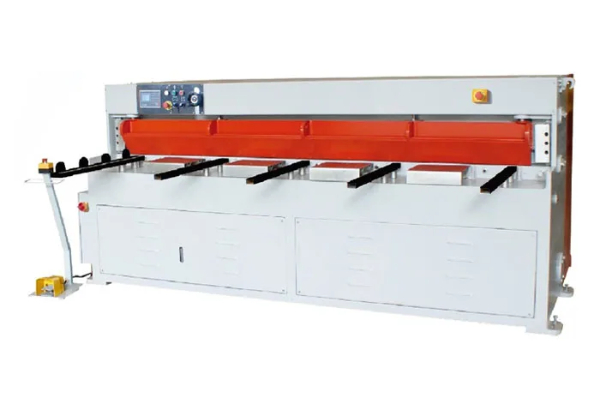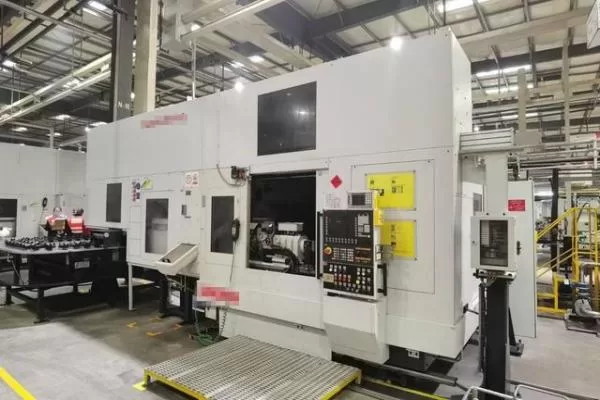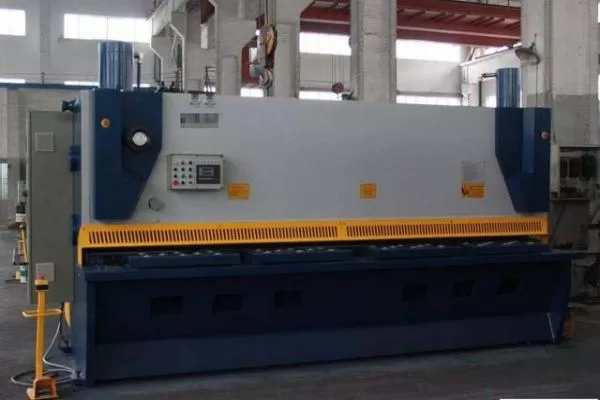
The Art of Forming- Innovations in Sheet Metal Rolling Technology
- By:Metmac
- 2024-05-14
- 238
Introduction
Sheet metal rolling is a fundamental manufacturing process that involves shaping metal sheets into various forms. The Art of Forming: Innovations in Sheet Metal Rolling Technology explores the latest advancements in this field, showcasing the transformative capabilities and enhanced capabilities that are revolutionizing the industry. This comprehensive article unveils the cutting-edge techniques and innovations shaping the future of sheet metal rolling.
Advancements in Forming Technology
CNC Roll Forming
Computer Numerical Control (CNC) roll forming has revolutionized sheet metal forming by enabling precise and efficient production of complex shapes. CNC-controlled machines utilize sophisticated software to guide the movement of rollers, ensuring consistent and high-quality results. This technology allows for the production of intricate profiles with tight tolerances, reducing waste and improving productivity.
Incremental Sheet Metal Forming
Incremental sheet metal forming (ISF) is a relatively new technique that involves incrementally deforming a sheet metal workpiece using a localized forming tool. ISF enables the production of complex geometric shapes that are difficult or impossible to achieve with traditional rolling methods. It offers advantages such as minimal material waste, increased design flexibility, and reduced tool costs.
Material Innovations
High-Strength Steels
Advanced high-strength steels (AHSS) have emerged as a game-changer in the sheet metal industry. AHSS grades offer enhanced strength and formability, enabling the production of lightweight and durable components. The use of AHSS allows for weight reduction in vehicles, improved crashworthiness, and extended component lifespan.
Lightweight Materials
The drive towards sustainability has spurred the development of lightweight materials for sheet metal forming. Aluminum alloys, magnesium alloys, and composites offer high strength-to-weight ratios and excellent corrosion resistance. These materials are increasingly used in applications where weight reduction is critical, such as aerospace and automotive components.
Design and Simulation
Advanced Computer-Aided Design (CAD)
Advanced CAD software plays a pivotal role in sheet metal design and development. These tools enable engineers to create complex 3D models and simulate the forming process virtually. By analyzing stress distribution and material flow, engineers can optimize the design and prevent potential defects. CAD software also facilitates the integration of downstream processes, such as welding and assembly.
Finite Element Analysis (FEA)
FEA is a powerful simulation technique that allows engineers to predict the behavior of sheet metal under various loading conditions. By creating finite element models, engineers can analyze the stresses, strains, and deformations that occur during the forming process. FEA provides valuable insights into the material’s performance and helps to identify potential failure modes.
Conclusion
The Art of Forming: Innovations in Sheet Metal Rolling Technology highlights the remarkable advancements that are transforming the industry. From sophisticated forming techniques to advanced materials and design tools, these innovations enable the production of lightweight, durable, and complex sheet metal components with unparalleled precision and efficiency. The future of sheet metal rolling holds immense potential for further breakthroughs, pushing the boundaries of design and manufacturing capabilities.
-
Advanced Sheet Metal Rolling, Cutting, and Folding Machines for Efficient Fabrication
2025/10/22 -
High-Precision Sheet Metal Bending and Cutting Solutions for Modern Manufacturing
2025/10/22 -
High-Precision Solutions from Leading Sheet Metal Cutting Machine Manufacturers
2025/09/11 -
Reliable Sheet Metal Equipment for Sale to Support Precision Fabrication
2025/07/17
-
High-Performance Sheet Metal Equipment for Sale: Forming and Shearing Solutions for Modern Fabrication
2025/10/22 -
Precision and Performance: Advanced Sheet Metal Processing Solutions
2025/10/17 -
Advanced Sheet Metal Press, Shearing, and Forming Machines
2025/10/17 -
High-Performance Sheet Metal Laser Cutting Machines for Sale — Precision and Efficiency Combined
2025/10/17
-
Understanding the Role and Function of Steel Strip Slitting Machines
2024/05/11 -
Maintenance Tips for Longevity of HVAC Duct Machines
2024/05/11 -
Innovations in Steel Strip Slitting Machine Design and Technology
2024/05/11 -
Improving Accuracy in Metal Fabrication with Laser Metal Shear Machines
2024/05/11
-
A Guide to the Latest Innovations in Sheet Metal Folding Machines
2024/11/29 -
Key Features to Consider When Investing in a Sheet Metal Folding Machine
2024/11/28 -
Enhancing Precision with Advanced Sheet Metal Folding Machines
2024/11/27 -
How to Choose the Right Sheet Metal Folding Machine for Your Workshop
2024/11/26







